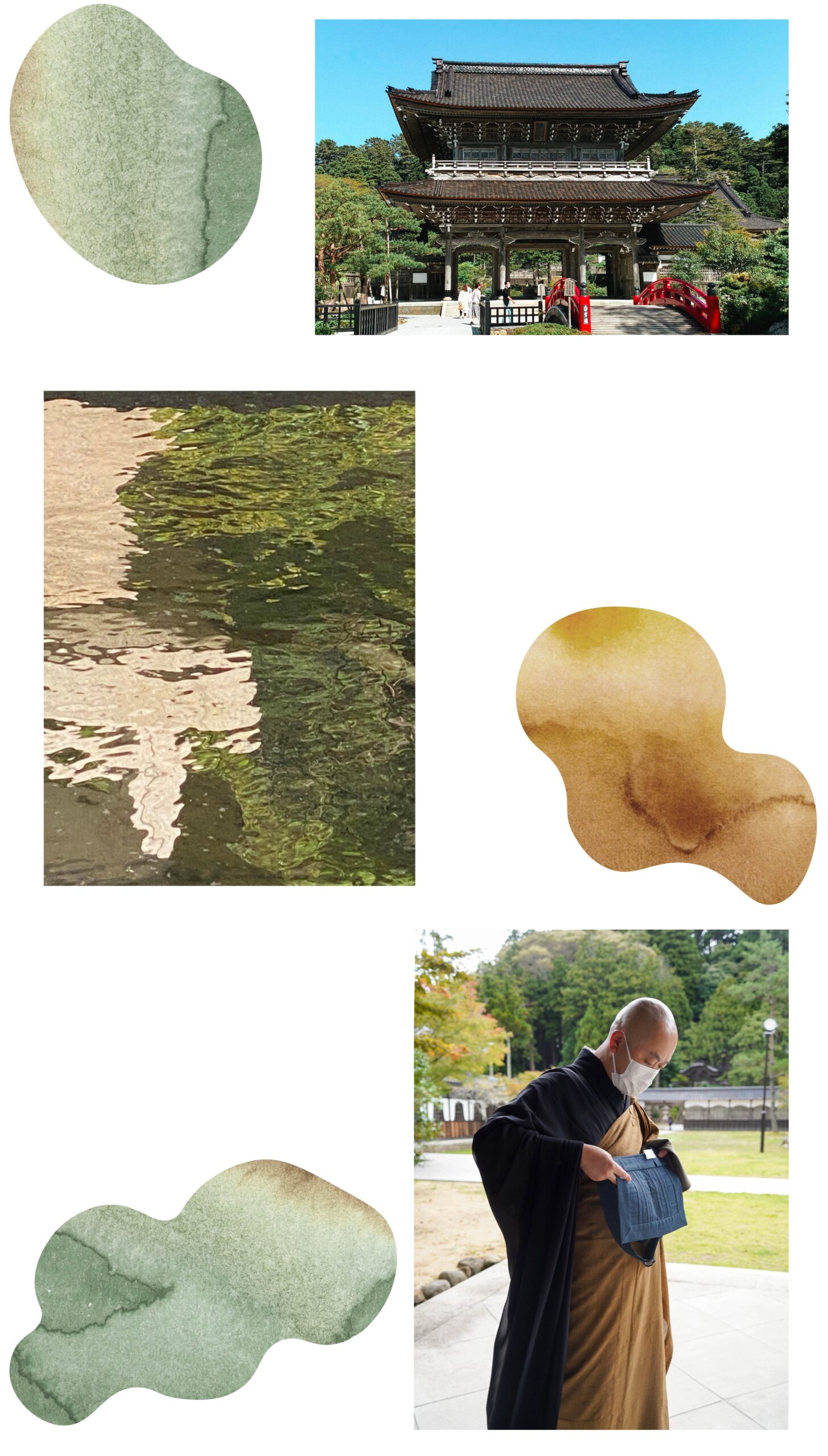Mindfulness from Soujiji Soin, the birthplace of Zen
Mindfulness is a meditation method practiced by world leaders and adopted by many renowned corporate entities. It is widely known as a form of mental training to increase concentration and achieve more peace of mind, as it has the effect of organizing one’s own thoughts and daily tasks. The practice arrived to the mainstream when it became known that the late Steve Jobs of Apple Inc. used such methods for increased productivity and efficiency.
Did you know that this mindfulness originated from the Soto sect, which is the basis of Zen teachings? Among the many sects of Buddhism, the Soto sect has been around since the Kamakura period and incorporates zazen (seated meditation) as part of its practice. In 1321, Keizan Joukin founded the Soujiji Temple, following the teachings of Dogen Zenshi, the founder of the Soto sect itself.
Buddhist scholar D.T. Suzuki was a key figure in spreading Zen philosophy throughout the world. A large part was by publishing a number of books in the United States, thereby laying down the foundation for the knowledge to spread. Suzuki alongside his classmate Kitaro Nishida, who was a philosopher who developed various ideas from Zen teachings, were both from Ishikawa Prefecture. It seems serendipitous to think that they both held such convictions in ideals born in the same place they were.

Experience Zazen at Soujiji Temple
Experience zazen for yourself by making a reservation at Soujiji Temple in Wajima City, Ishikawa Prefecture.
Zazen-do (Meditation Hall) are usually considered to be the very foundation of temple life, and as they’re on sacred ground, speaking is not allowed. When the monks prepare for zazen, it is a ritual that involves burning incense sticks whose length is expressed in units of chu. One chu burns for approximately 40 minutes. The monks can conduct these meditation rituals once in the morning and once again in the evening.
The zazen meditation ritual is as follows: After worshipping the Manjusri Bodhissattva enshrined in the meditation hall of the temple, thanks are made to the people on both sides and opposite to the practitioner before sitting down on the zafu (a small, rounded cushion specially used for zazen meditation). When one faces the wall and adjustments are made to posture and breath, a bell will sound to signal the session starting. Make a circle with both hands in front of tanden (a point below the navel), head tilted downwards and focus on a part of the wall. During zazen, even if specific thoughts come to mind, it must not be deliberated but instead let go of in order to remain present in the moment. By not overthinking and just focusing on that spot of wall, the chirping of birds and pealing of bells in the distance can be heard and the heady scent of seasonal flowers will waft. It is a sensation of heightened awareness of nature’s ebb and flow that invites the body into its rhythms.

Zazen: A Memorandum Of Everyday Life
“The act of meditation is to experience reality as it really exists”. After about 20 minutes of zazen, a bell will signal the monk to preach. “By focusing on everything that is happening without fixating on your thoughts, you can gain consciousness and awareness for the first time. This awareness is what Buddhist enlightenment is. We tend to be obsessed with material things or only pursue selfish ideals. By incorporating zazen into your life, the habit allows the broadening of your horizons and lays down the foundation for the seeds of creation to grow roots. It’s okay to do as little as five minutes per day on a chair as you may feel differently as the habit is nurtured.”

What is Enlightenment?
The basic idea of “Awareness = Enlightenment” is the guiding principle of Buddhism. The founder of Buddhism was a real person. When the privileged son of royalty, Siddhartha Gautama (the “Buddha”), was in his youth, he wished to free people from the four forms of human suffering of this world: life, aging, illness, and death. He performed several acts of penance including fasting, hanging upside down, and walking on fire for six years in an attempt to reduce that suffering but there were no answers to be found. It was not until he did zazen under a linden tree for seven days, and gained Enlightenment (Nirvana) on the eighth. The answer he arrived at was ultimately to “accept all, rather than to be freed of the four sufferings.”
“Please accept things as they are,” the monk’s quiet words echo in the quiet meditation hall.
Things are okay as they are; surely, that’s comforting and warm to hear. Oftentimes, the simpler the question, the more there is beneath what is actually being asked, and the answer can be found in universal teachings and the breadth of nature. It’s been there all along.
“To face life head-on is to simultaneously face death. The funeral is not only a farewell ritual, but to also commemorate death,” the monk says. It can be said that to know Zen is to know life. Today as we live with multiple distractions all at once like work and relationships, perhaps through Zen and nurturing zazen as a daily ritual will allow more enrichment and awareness to your daily life.

Soto Sect, Otoyama Soujiji Soin
add: Monzen 1-18, Monzen-machi, Wajima-shi, Ishikawa-ken
tel: 0768-42-0005
WEB: https://noto-soin.jp
Photo: Mammy Horie & Takao Umihara
Text: Yuka Sone Sato
Design: Mammy Horie
Translation: Kelly Yeunh









